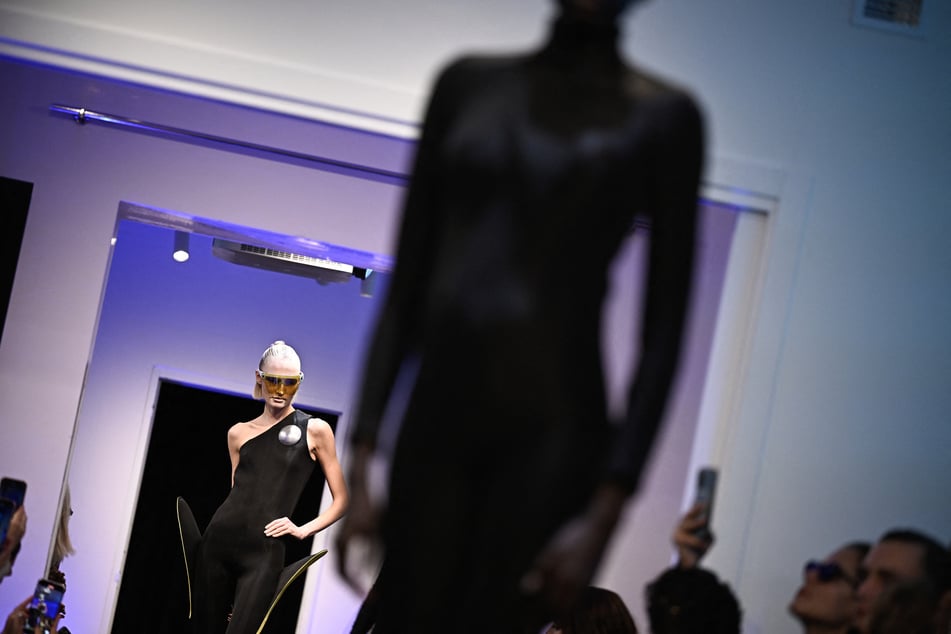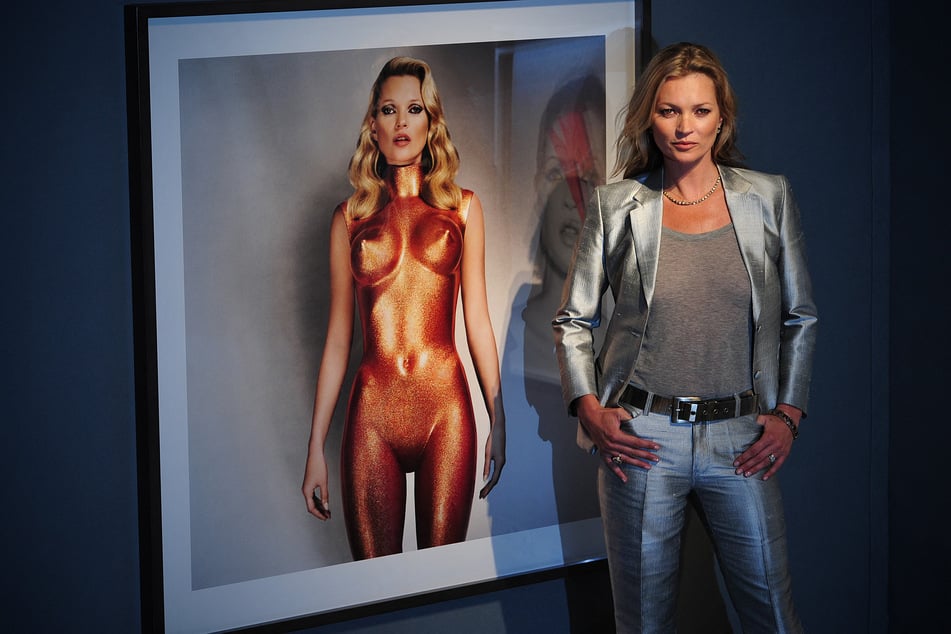Thinness is back on high fashion catwalks – and the data proves it
Paris, France - After a short interlude of pushing "body inclusivity" and plus-sized models to the fore, the fashion industry has returned to promoting thinness as a beauty ideal.

Data published this week from Vogue Business, based on catwalk shows in the most recent Spring/Summer 2026 Fashion Weeks, corroborated what models with regular or larger body sizes have been reporting: their work is drying up.
Of the 9,038 looks analyzed in New York, London, Milan, and Paris, 97.1% featured models judged to be very small (US 0-4, UK 4-8 or 32-36 in France), according to data from Vogue Business in its size inclusivity report.
Regular-sized models represented only 2.0% of the body types seen, compared to just 0.9% for "plus-size" models (US 14+, UK 18+, France 44+), the report showed.
"There are fewer and fewer plus-size models on the runways," Aude Perceval, a booker at Plus Agency, a pioneer in plus-size modeling in France, told AFP.
The trend was particularly pronounced in Paris, she added.
This is despite many designers adopting looks that naturally create curvy silhouettes, such as corsets.
In some cases, models have been sent out with padding around their hips to create the hourglass shape.
"Since 2022, there's been a real regression, both in the frequency of contracts and in fees," model Doralyse Brumain (31), who wears a French 40-42, told AFP.
What is the body positivity movement?

The "body positive" movement, born in the 2010s, was based on the idea of promoting acceptance of different body types and recognizing the damage done by creating a beauty ideal of thinness that was both unhealthy and beyond the reach of most women.
In the same way that fur and flashy fashion are making a comeback, so is the aesthetic of extreme thinness that was called "heroin chic" in the 1990s when popularized by supermodels such as Kate Moss.
"There's this false idea that being thin means being chic, being rich," said French model casting director Esther Boiteux to AFP.
The wide availability of weight-loss drugs such as Ozempic – used to suppress appetite – has also been linked to the return of thinness.
The diabetes treatment "has something to do with it because we're seeing a lot of celebrities who are using it," British Vogue editor Chioma Nnadi said last November.
"I think there's this shift in the culture around how we think about our bodies and how we address our bodies," she told the BBC.
Clothes for fashion shows are also typically designed and manufactured in a single size – that of "standard" thin models – and making clothes for regular or larger models requires forethought and extra time to adapt them.
Cover photo: JULIEN DE ROSA / AFP

